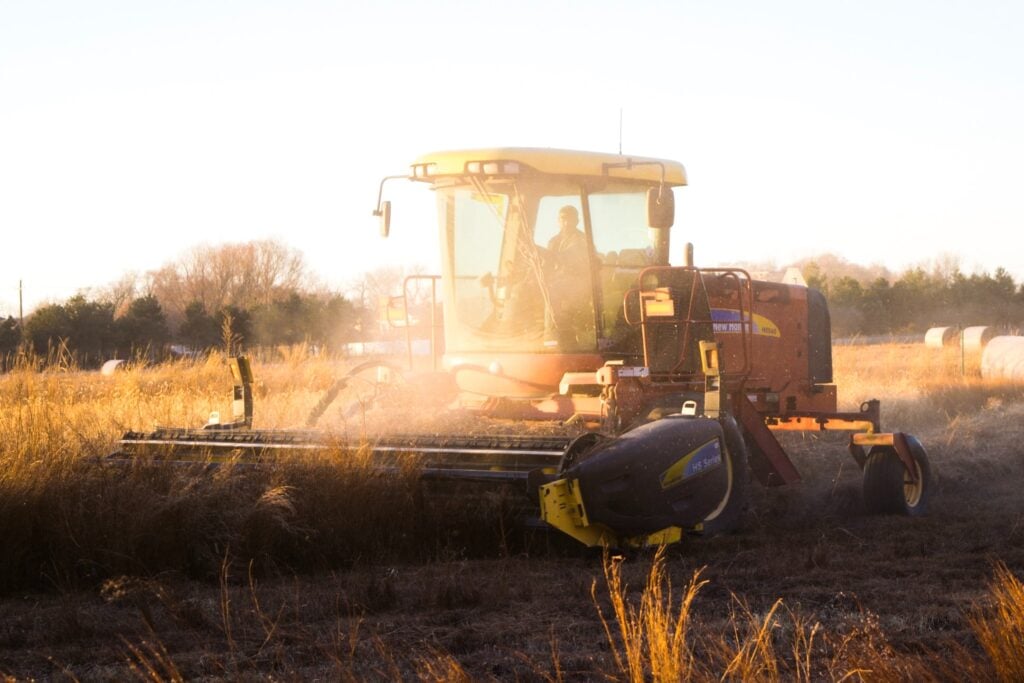
Agricultural production and land-clearing account for 22% of Australia’s carbon emissions, representing a significant contribution to the nation’s overall net carbon emissions.
Various Australian groups have endorsed an international plan to reach net-carbon zero by 2050, with shorter-term targets for emissions reduction also being set.
For the agricultural sector, reducing emissions includes efforts to:
- adopt a supply-chain view of emissions from pasture to plate;
- transition on-farm energy supply to renewable sources including wind, local PV (solar) + storage, or biomass*, with the potential to feed excess energy into local, community grids;
- reduce carbon emissions from livestock production of methane through feed additives such as red seaweed and biomass energy generation;
- transition on-farm equipment and transportation to electric and/or hydrogen fuel cell vehicles, away from diesel and petrol engines
- reduce carbon emissions due to land clearing, potentially reaching net negative emissions through reforestation, seagrass, and other initiatives. This will require active engagement with landowners, traditional owners, and Governments to ensure changes in land use are appropriately recognised and funded
- localisation of food processing to minimise transportation and food waste (which has the added benefit of increasing local economic outcomes)
The Special Report on Climate Change & Land from the IPCC identifies:
immediate benefits from the protection of wetlands, peatlands, rangelands, mangroves, and forests;
longer-term benefits from reforestation and afforestation, as well as the restoration of high-carbon ecosystems, agroforestry, and the reclamation of degraded soils.
These measures need to be adopted appropriately for the Australian landscape, and Australian farming practices. Policy measures should be adopted that align with support of these activities.
Photo by Noah Buscher on Unsplash
